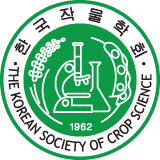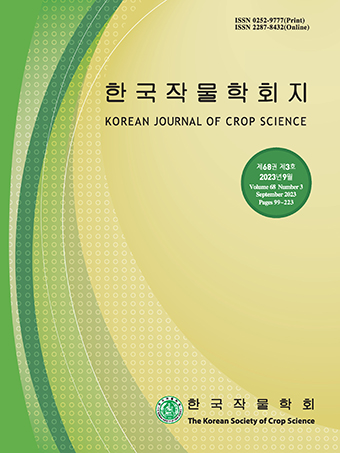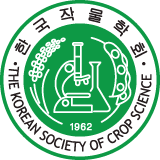Original Research Article
Abstract
References
Information
Seong, D. G., Y. G. Kim, Y. C. Cho, H. Y. Shin, M. C. Kim, S. I. Shim, J. I. Chung, S. H. Kim, C. S. Kim, and J. S. Chung. 2014. Selection of the proper rice varieties to early transplanting cultivation in southern plain of Korea. Journal of Agriculture & Life Science 48(6) : 1-9.
10.14397/jals.2014.48.6.1- Publisher :The Korean Society of Crop Science
- Publisher(Ko) :한국작물학회
- Journal Title :The Korean Journal of Crop Science
- Journal Title(Ko) :한국작물학회지
- Volume : 63
- No :3
- Pages :196-204
- Received Date : 2018-04-10
- Revised Date : 2018-07-30
- Accepted Date : 2018-08-12
- DOI :https://doi.org/10.7740/kjcs.2018.63.3.196




 The Korean Journal of Crop Science
The Korean Journal of Crop Science








